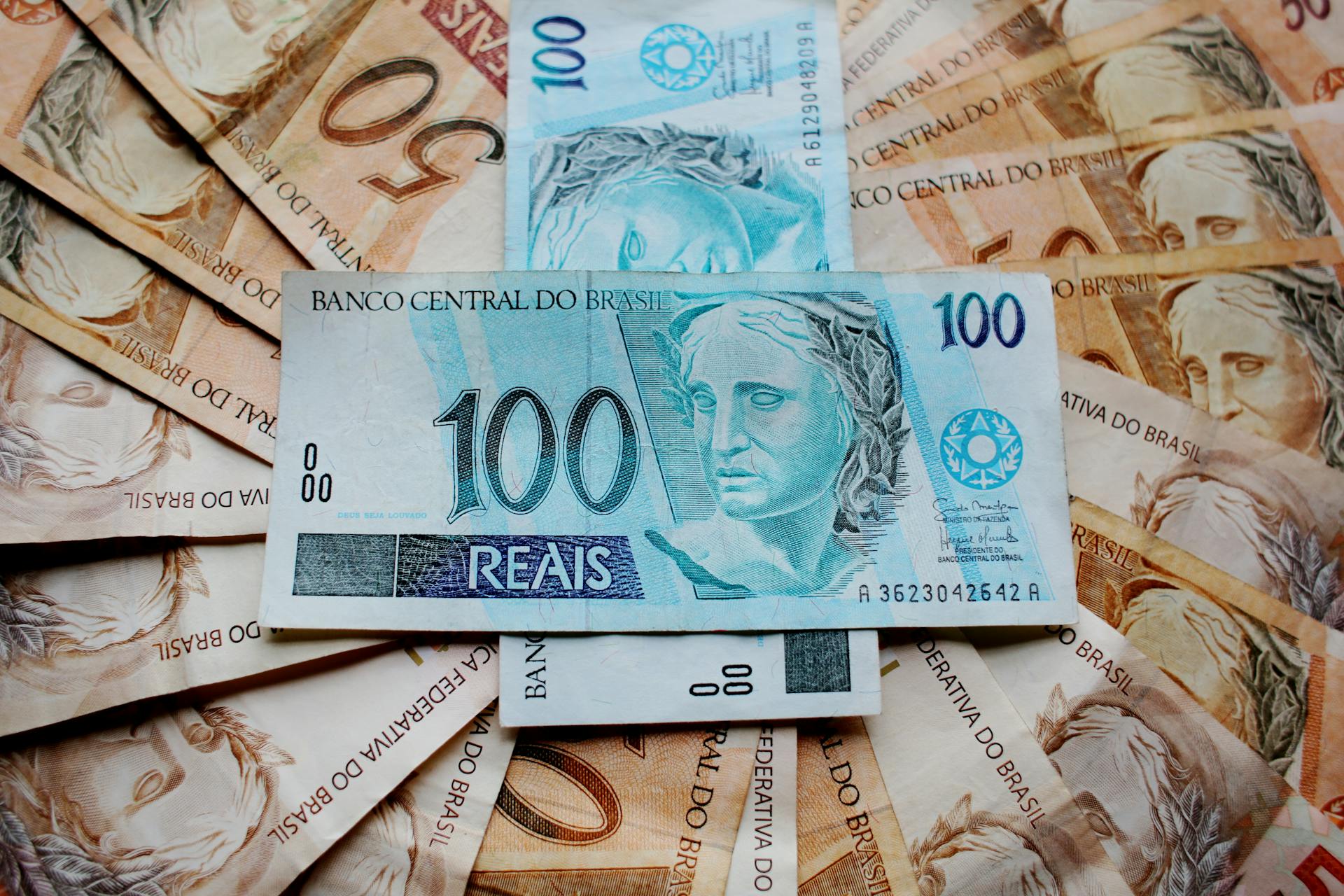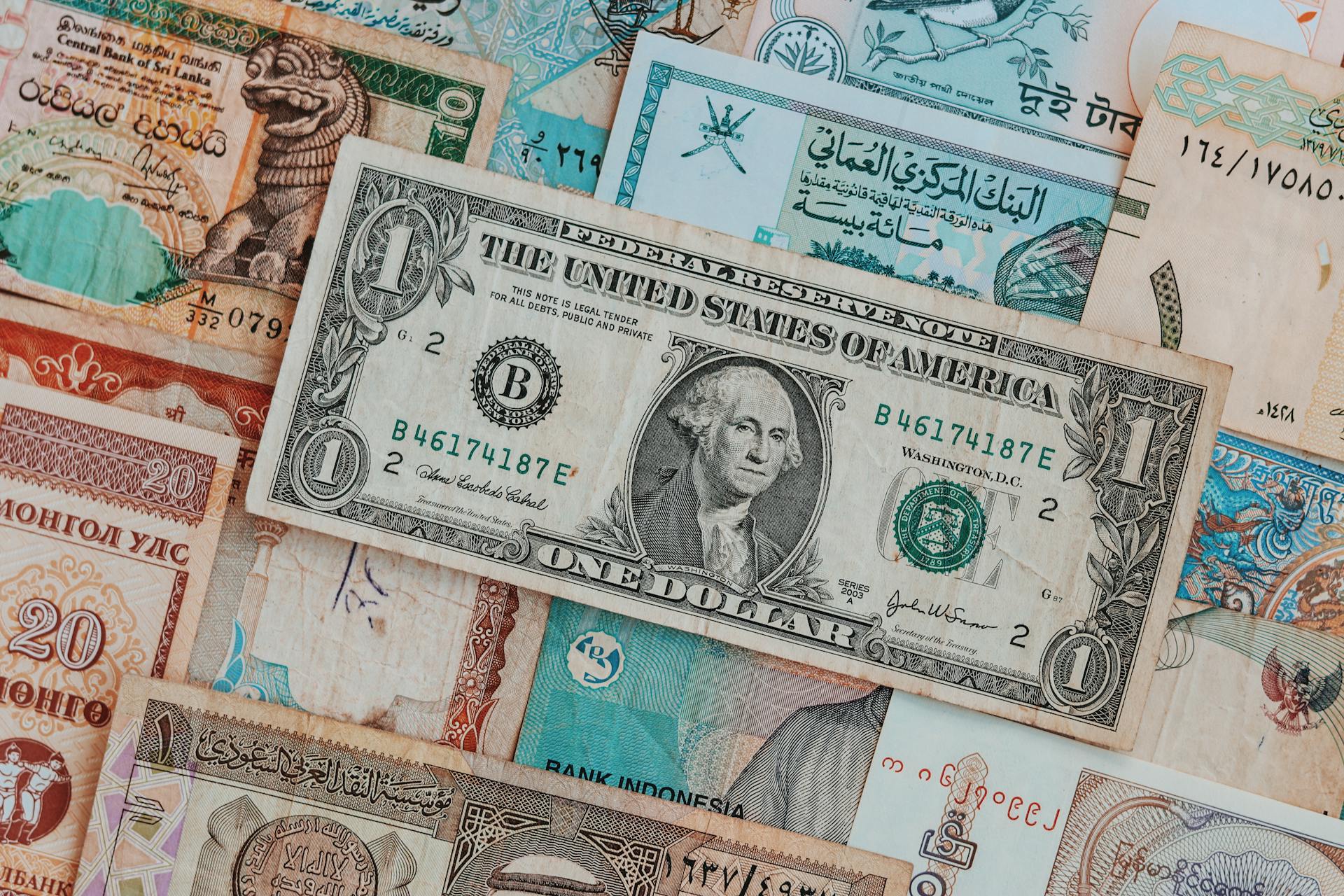
The Swiss franc banknote is a staple of international finance, but have you ever stopped to think about what makes it tick? The Swiss National Bank issues banknotes in denominations of CHF 10, CHF 20, CHF 50, CHF 100, CHF 200, and CHF 1,000.
These banknotes are designed to be secure and durable, featuring advanced security features such as microprinting, holograms, and watermarks. You can spot a fake Swiss franc banknote by looking for uneven printing or a lack of these security features.
Each banknote has its own unique design, but they all share a common thread - a portrait of a notable Swiss figure.
Broaden your view: What Is Chf in Currency
History of Swiss Franc Banknotes
The first banknotes in Switzerland were issued in 1825 by the Caisse de dépôt of the city of Bern. This marked the beginning of a long history of Swiss franc banknotes.
In the 19th century, the cantons of Switzerland had the right to print their own notes. This led to a patchwork of different banknotes across the country.
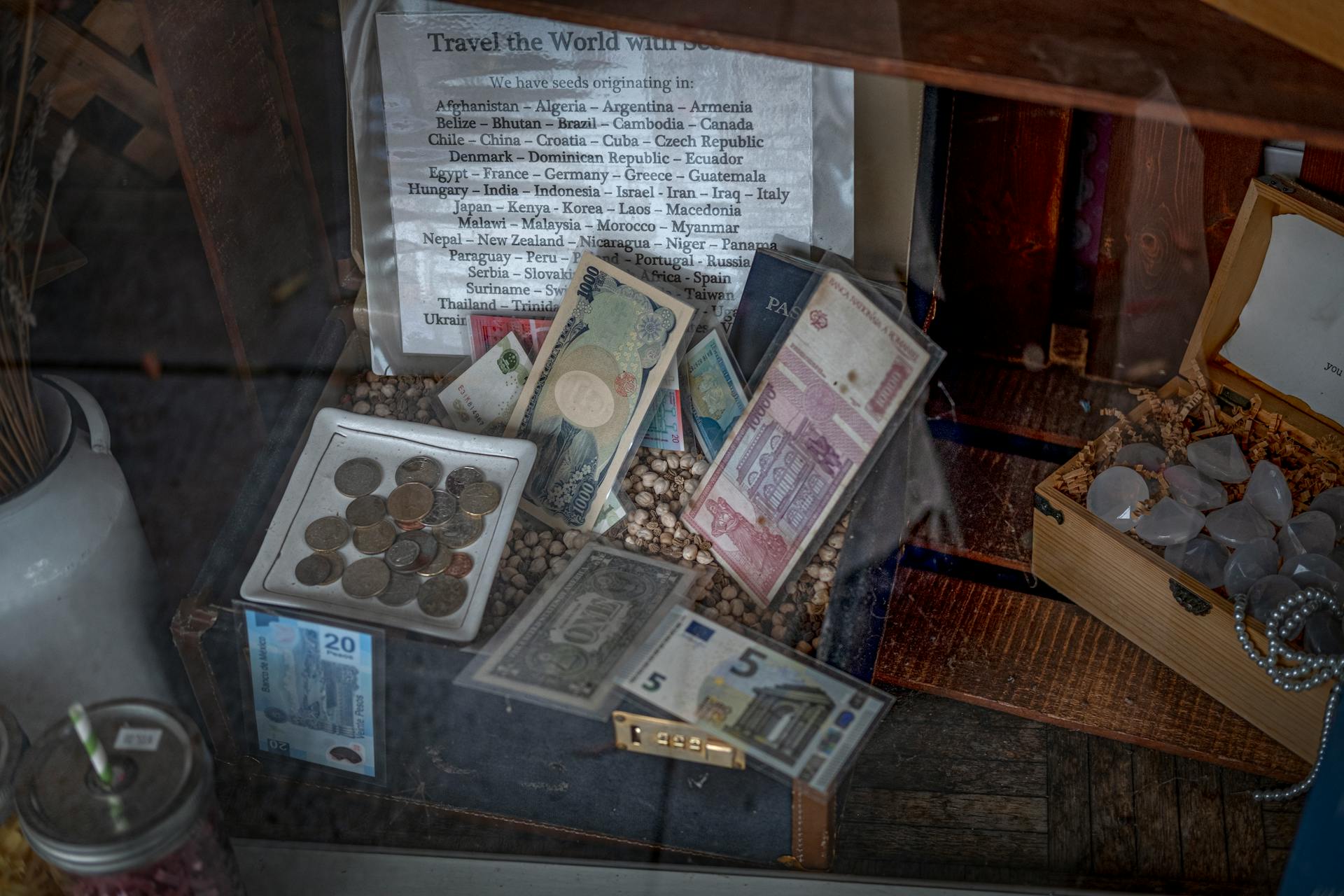
Following the law of 8 March 1881, the Swiss National Bank gained the exclusive right to issue banknotes in Switzerland. This put an end to the cantonal banknotes and introduced a unified system.
The Swiss National Bank's first notes were issued in 1907, and since then, nine series of Swiss franc notes have been printed. Six of these series have been completely released for use by the general public.
Switzerland is unusual in that it used to expire its banknotes. The Swiss National Bank would declare older series to be no longer legal tender, and notes from these "recalled" series could be exchanged for still-valid notes at the National Bank.
In June 2019, the Swiss parliament passed a bill that removed the twenty-year time limit for exchanging recalled banknotes. This means that banknotes starting from the sixth series issued in 1976, as well as any future series, remain valid and can be exchanged for current notes indefinitely.
Here's a list of the Swiss National Bank's banknote series, including the ones that are still in circulation, reserve series, recalled but still exchangeable banknotes, and withdrawn and invalid banknotes:
- Banknotes in circulation: ninth series (2016-2019)
- Reserve series (1984-1995)
- Recalled but still exchangeable banknotes: eighth series (1995), sixth series (1976)
- Withdrawn and invalid banknotes: fifth series (1956), fourth series (1938), third series (1918), second series (1911), first series (1907)
Design and Security
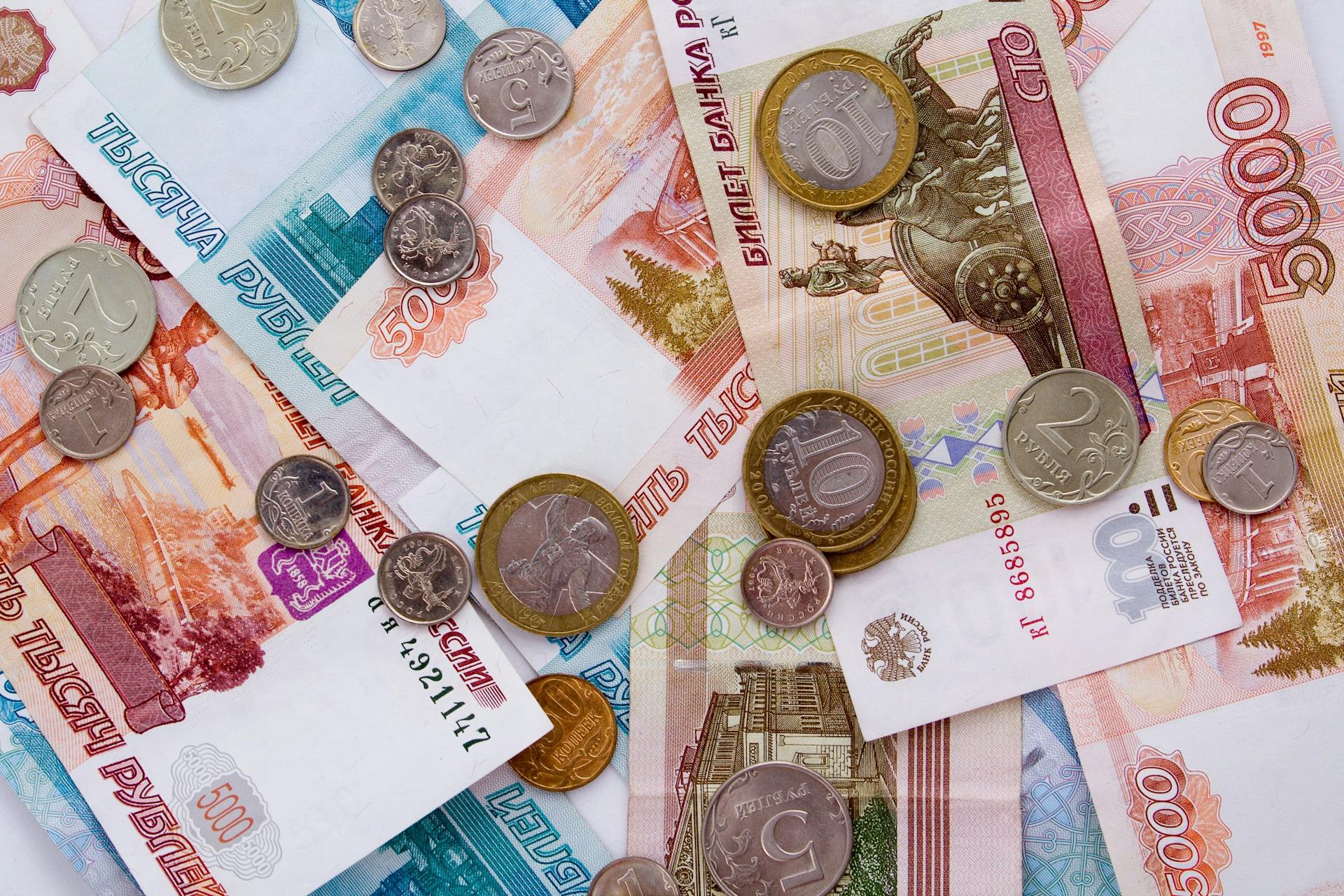
The Swiss franc banknotes are renowned for their exceptional security features, with the eighth series boasting up to 18 features, including a tilting digit and UV digit that can only be seen from specific angles.
These advanced security measures are designed to prevent counterfeiting, with the rate of counterfeited banknotes in 2011 being about 1 in 100,000 for the Swiss franc.
The 1000 Swiss Franc banknote is a prime example of this security, with a unique blend of artistic brilliance and advanced security measures making it one of the most valuable commercial banknotes globally.
Design, Security, Value
The 1000 Swiss Franc banknote is a testament to Switzerland's commitment to precision, security, and design excellence. It has seamlessly integrated into Switzerland's currency system since its introduction in 1995 by the Swiss National Bank.
This high-denomination note has a unique blend of artistic brilliance and advanced security measures. The ninth banknote series is globally recognized as the most valuable commercial banknote, with over 48 billion notes in circulation out of a total of around 87 billion Swiss franc banknotes in 2022.
Additional reading: Series B Banknotes
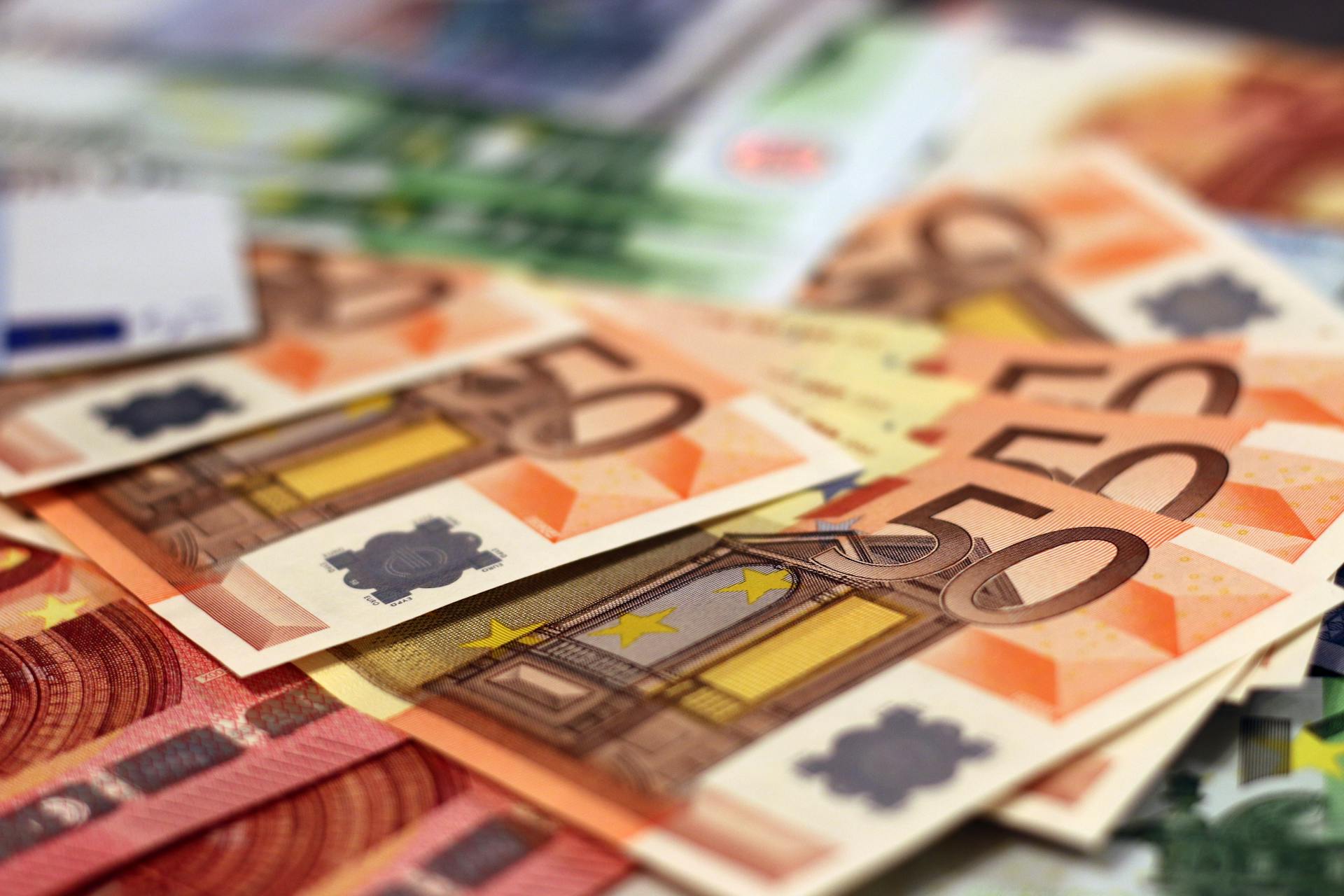
The design of the 1000 Swiss Franc banknote is inspired by 'The many facets of Switzerland', with each characteristic communicated via an action, a Swiss location, and various graphic elements. The notes are a representation of Swiss culture and are solidified as a symbol of prestige, reflecting Switzerland's enduring commitment to excellence in every aspect of its currency.
The notes are a blend of history, design, security, and value, making them a unique and valuable part of Switzerland's currency system.
Explaining the Images
The images on Swiss franc banknotes are more than just pretty pictures. They're actually carefully designed to convey a specific message about the country's values and characteristics.
Each note in the new series depicts a typically Swiss characteristic, illustrated graphically using a key motif. These motifs are used throughout the series to create a cohesive and meaningful design.
A hand in motion represents action, a symbol of Switzerland's organizational prowess and vibrant cultural scene. You can see this motif on all the notes, from the 10-franc to the 1000-franc bill.
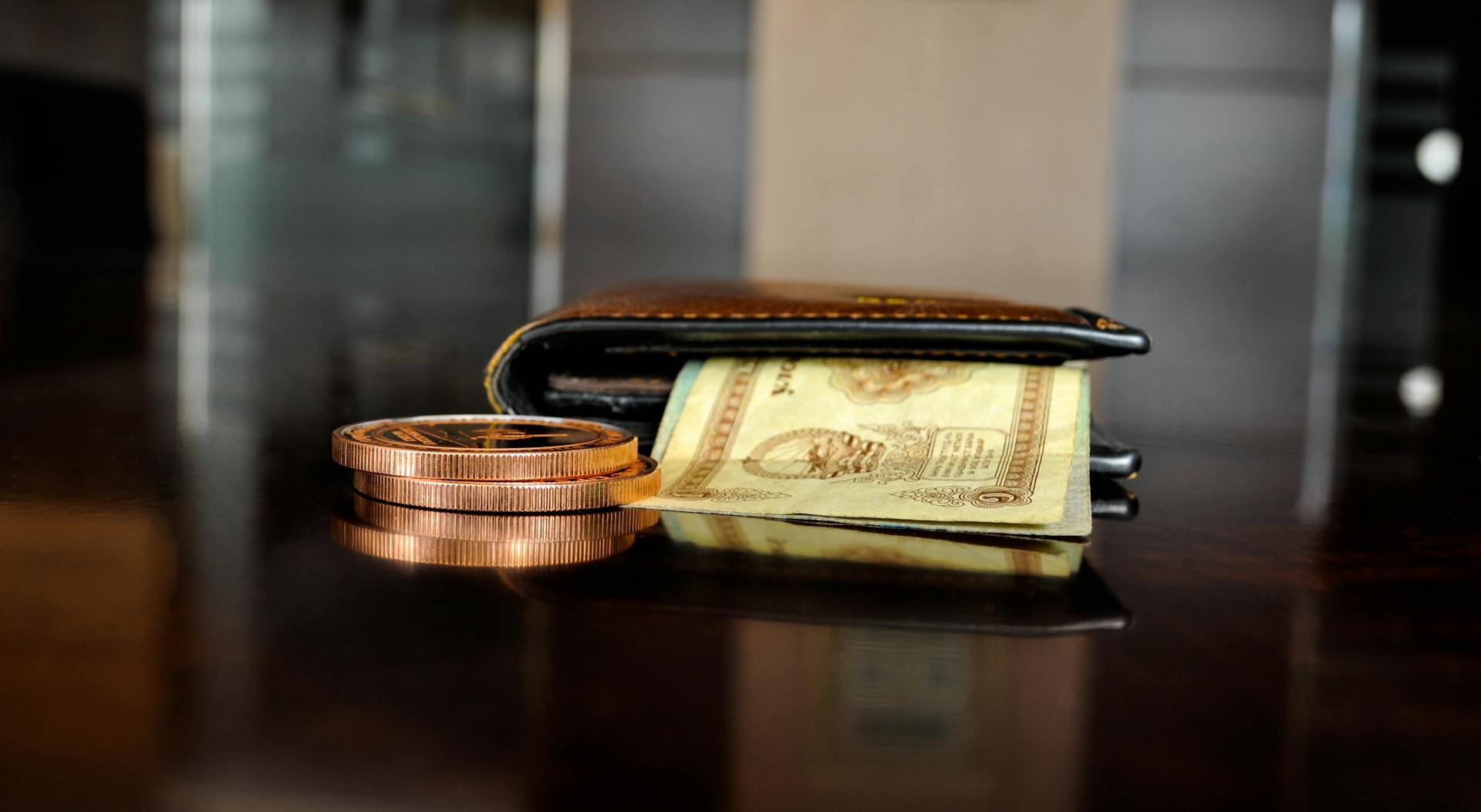
The globe is another common design, representing Switzerland's interconnectedness with the world. It's a reminder that the country sees itself as part of a global community.
Interestingly, the sequence of notes from 1000 francs to 10 francs shows the earth rotating once on its axis and passing through one full day. It's a clever way to convey the passage of time and the country's connection to the world.
The images on each note tell their own story, but they also share a common thread. They reflect the diversity of Switzerland, from its rail network to its waterways, and from its parliament to its scientific achievements.
Curious to learn more? Check out: Which Country Has Adopted the Euro as Its Currency
Overview and Series
The Swiss franc banknotes have undergone several series since their introduction in 1907. The first series was introduced in 1907 and was valued at 50, 100, 500, and 1000 francs. The series had a lifespan of 38 years, with the last notes being withdrawn from circulation in 1945.

The Swiss franc banknotes have been designed by various artists over the years. Some notable designers include Josef Storck and Albert Walch, who designed the first series, and Pierre Gauchat, who designed the fifth series. Each series has had its unique features, with the fifth series introducing a new design concept that has been continued in subsequent series.
Here is a list of the Swiss franc banknote series and their corresponding introduction and withdrawal dates:
First Series
The first series of Swiss banknotes was introduced in 1907, with the 50 franc note being the smallest denomination. Each note had a unique size, ranging from 166 × 103 mm to 215 × 132 mm.
The main colours of the first series banknotes were Green/Yellow, Blue, Green, and Purple. The 50 franc note had a distinctive Green/Yellow colour combination.
Helvetia was featured on the obverse of all four denominations. Ornaments were depicted on the reverse of each note.
Here's a breakdown of the first series banknotes:
The first series banknotes were eventually withdrawn from circulation, with the last series lapsing in 1945.
Fifth Series

The fifth series of Swiss banknotes was introduced in 1957, marking a significant change in the country's currency design. This series was notable for its new designs and features.
The 10-franc note, measuring 137 × 75 mm, had a red-brown main color and featured a portrait of Gottfried Keller on the obverse side. On the reverse, you'll find Bennet blossoms.
The 20-franc note, measuring 155 × 85 mm, had a blue main color and featured a portrait of Guillaume-Henri Dufour on the obverse side, with a thistle on the reverse.
The 50-franc note, measuring 173 × 95 mm, had a green main color and featured a portrait of a girl on the obverse side, with an apple harvest on the reverse. The 100-franc note, measuring 191 × 105 mm, had a dark blue main color and featured a portrait of a boy on the obverse side, with a depiction of St Martin on the reverse.
Discover more: Peso Argentina a Dolar Blue

The 500-franc note, measuring 210 × 115 mm, had a brown-red main color and featured a portrait of a woman on the obverse side, with a Fountain of Youth on the reverse. The 1000-franc note, measuring 228 × 125 mm, had a purple main color and featured a portrait of a woman on the obverse side, with a Danse Macabre on the reverse.
Here's a summary of the fifth series of Swiss banknotes:
Sixth Series
The sixth series of Swiss banknotes is a fascinating topic. These notes were in circulation from the late 1970s to the early 2000s.
The 10 franc note, for example, had a unique design featuring Leonhard Euler. It was a red note, measuring 137 × 66 mm in size.
The 20 franc note had a blue design, featuring Horace-Bénédict de Saussure, and measured 148 × 70 mm. It was first issued on April 4, 1979, and was a beautiful note to behold.
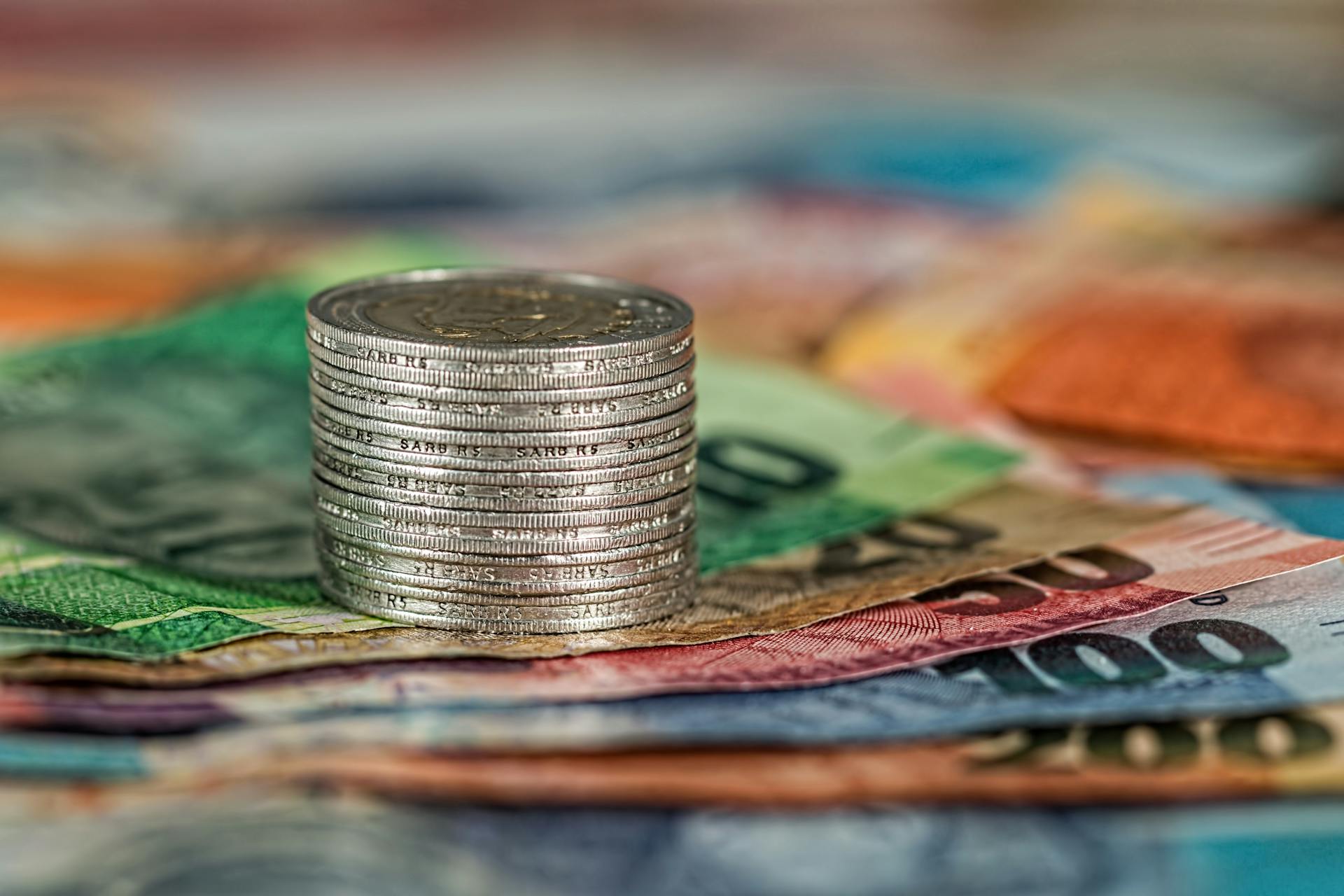
The 50 franc note was a green note, measuring 159 × 74 mm, and featured an eagle owl, primula, and stars. It was issued on October 4, 1978.
Here's a summary of the sixth series banknotes:
The 100 franc note, for example, had a dark blue design featuring Francesco Borromini, and measured 170 × 78 mm. It was first issued on October 4, 1976.
The 500 franc note was a brown note, measuring 181 × 82 mm, and featured Albrecht von Haller, with a muscular figure of a human body, graph of respiration, and the circulation of the blood, and a purple orchis. It was issued on April 4, 1977.
The 1000 franc note was a purple note, measuring 192 × 86 mm, and featured Auguste Forel, with three ants and a cross-section of an anthill. It was issued on April 4, 1978.
These notes were a key part of the Swiss banking system during this time period, and their unique designs and features made them stand out.
All Series

The Swiss National Bank has issued several series of banknotes over the years, each with its own unique characteristics.
The first series of Swiss banknotes was introduced in 1907 and was recalled in 1925. It was replaced by the second series, which was introduced in 1911 and recalled in 1958.
The third series, introduced in 1918, was partially issued and recalled in 1925. It was replaced by the fourth series, which was a reserve series never issued.
The fifth series, introduced in 1956, was recalled in 1980 and its value became worthless in 2000. The sixth series, introduced in 1976, is no longer legal tender but can be exchanged at full nominal value at the Swiss National Bank.
The seventh series, a reserve series, was never issued. The eighth series, introduced in 1995, was recalled in 2021 and is no longer legal tender. The ninth series, introduced in 2016, is the current series and was introduced to replace the eighth series.
Here is a list of all the series of Swiss banknotes with their introduction and recall dates:
Each series has its own unique characteristics, including the designers, main colors, and descriptions of the banknotes.
Counterfeiting and Current
Security is a top priority when it comes to banknotes, and the Swiss franc is no exception. The eighth series of Swiss franc notes holds the Guinness World Record for being the most secure in the world, boasting up to 18 security features.
One of the most impressive features is the tilting digit, which can only be seen from an unusual angle. It's like a little puzzle that requires some effort to decipher.
The rate of counterfeited banknotes is extremely low in Switzerland, with only about 1 in 100,000 notes being counterfeit as of 2011. This is a testament to the effectiveness of the security features.
In comparison, other major currencies have significantly higher rates of counterfeiting. The euro has a rate of 1 in 20,000, the United States dollar has a rate of 1 in 10,000, and the pound sterling has a rate of 1 in 3,333.
Here's a quick comparison of the counterfeiting rates for various currencies:
Frequently Asked Questions
Are Swiss franc notes no longer valid?
No, Swiss franc notes are still valid, but certain banknotes recalled by the SNB on 30 April 2021 can be exchanged for their full nominal value at the SNB.
Does Switzerland have a $1000 dollar bill?
No, Switzerland does not have a $1000 dollar bill, but it does have a 1000-franc banknote, which is the 2nd highest value currently-issued banknote in the world.
Sources
- https://en.wikipedia.org/wiki/Banknotes_of_the_Swiss_franc
- https://www.snb.ch/en/the-snb/mandates-goals/cash/new-banknotes/new-banknotes
- https://alpenpartners.com/us/insights/the-1000-swiss-franc-banknote-in-circulation/
- https://www.thelocal.ch/20230725/explaining-the-images-on-swiss-franc-bank-notes
- https://www.snb.ch/en/the-snb/mandates-goals/cash/all-series/all-series-overview
Featured Images: pexels.com

